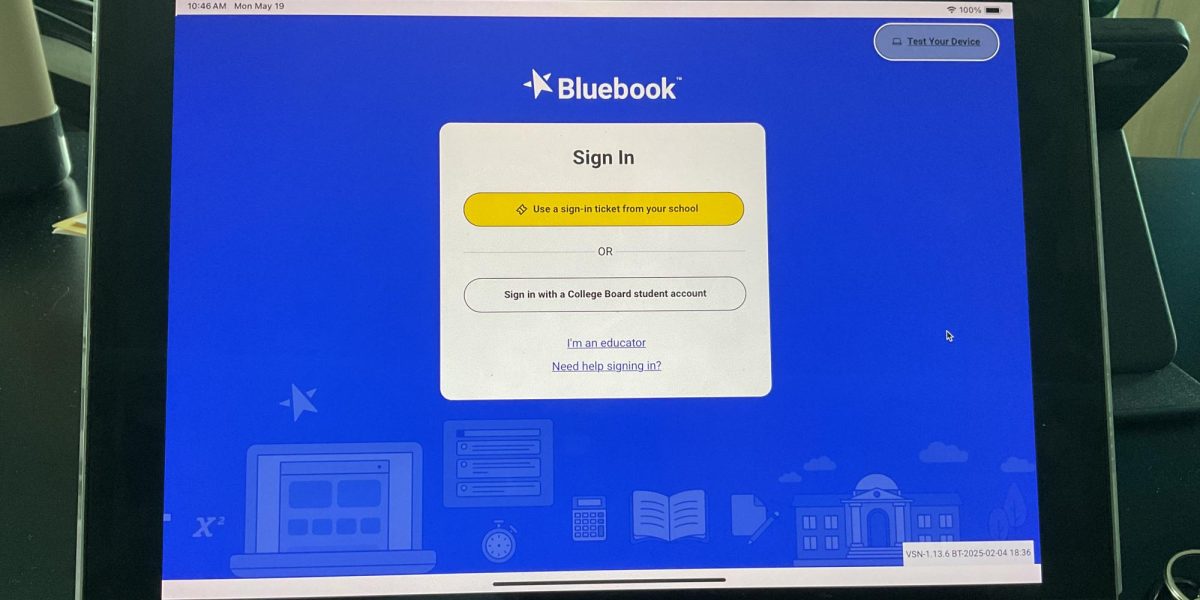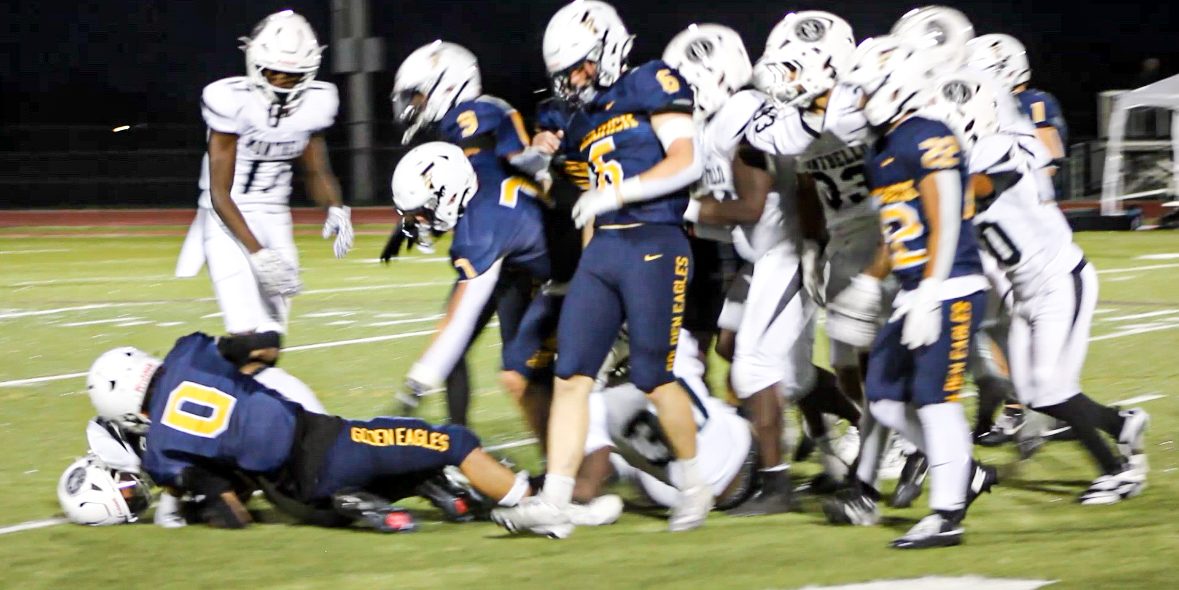Ineffective and Boring: the Downsides to Long Classes
Shortening the 90 minute classes at FHS would be to everyone’s benefit
The clock that students spend 90% of classes staring at waiting to hit the time where the bell rings.
November 28, 2022
Have you ever felt like a class should be almost over, but you go to check the time and realize that it’s only halfway over? Have you felt the time dragging on during “work time” when most everyone looks completely bored and is staring at their phone? A lot of students at Frederick have experienced this as a result of classes being too long. Therefore, classes should be shortened.
Classes here are usually 90 minutes, which results in a fair amount of downtime. There are exceptions, of course: science experiments fill the time well, as do most electives. Yet most classes seem to drag on just to fill the time.
For most schools across the country, the “traditional” schedule contains 45 or 60-minute class periods. Some school districts have even gone as low as 30 minutes per class period to fit in seven or eight classes in a school day. St. Vrain used to be one of those districts: fifteen years ago, most of the high schools in the district ran seven or eight 50-minute periods each semester (with Skyline as a strange exception, running five 75-minute periods and having three trimesters).
In North Carolina, a group of researchers ran all the test scores across many school subjects, block scheduled against this “traditional” schedule. The study reported that “overall, students in block and non-block scheduled schools have equivalent end-of-course test scores.” This shows that even though the class periods are shorter, you can actually learn the same amount in that time if you manage the time well.
What would shorter classes look like? Well, kind of like late start days. Teachers successfully teach and students successfully learn in these 55-minute blocks every month. With four 55-minute or 60-minute periods every day, we could start school two hours later in the morning and, as a result, have more productive work done in those shorter periods.
Shorter periods would make for a shorter school day. The current school day for students without off-blocks is seven hours long. Cutting periods down to 60-minutes from 90-minutes would allow school to start two hours later at 9:45, which would allow students to wake up later than they do now. According to the CDC teenagers aged 13 to 18 years should sleep 8-10 hours every day for the best health.
School starting at 7:45 prevents this for most students, as most teens are night owls. During adolescence, a body’s circadian rhythms actually change: before teenage years, a body wants to sleep around 8 or 9 PM, but in high school, that changes to around 10 or 11 PM. However, staying up so late does not work well with getting up so early to go to school. Some negative outcomes of not getting great sleep are obesity, depression, engaging in more risky behavior, and poor performance in class. This is why the American Academy of Pediatrics recommends middle and high school classes should begin no earlier than 8:30 AM, which is exactly what shorter-class scheduling would do.
Something else we could do with shorter periods is to only start school an hour later and add a 45- or 60-minute study hall into everybody’s schedule. This would allow students to catch up for their work that they couldn’t do since the classes would be shorter. This would also allow teachers to get extra work done throughout their day and have time to prepare for their next classes.
Could there be issues with moving the school start time and having shorter classes? Of course. A later start might make it harder for parents with 9-5 jobs to drop their kids off for school, the few classes that work well with a longer period might find it harder to use shorter periods well, and this still wouldn’t necessarily fix the problems with the block schedule. Still, these downsides would be outweighed by the positives of students having better focus in these shorter classes and better overall health in general.
We’re told to work smarter, not harder. To do more with less. It seems obvious that we can do just that by making Frederick’s class periods and school day shorter.


















































